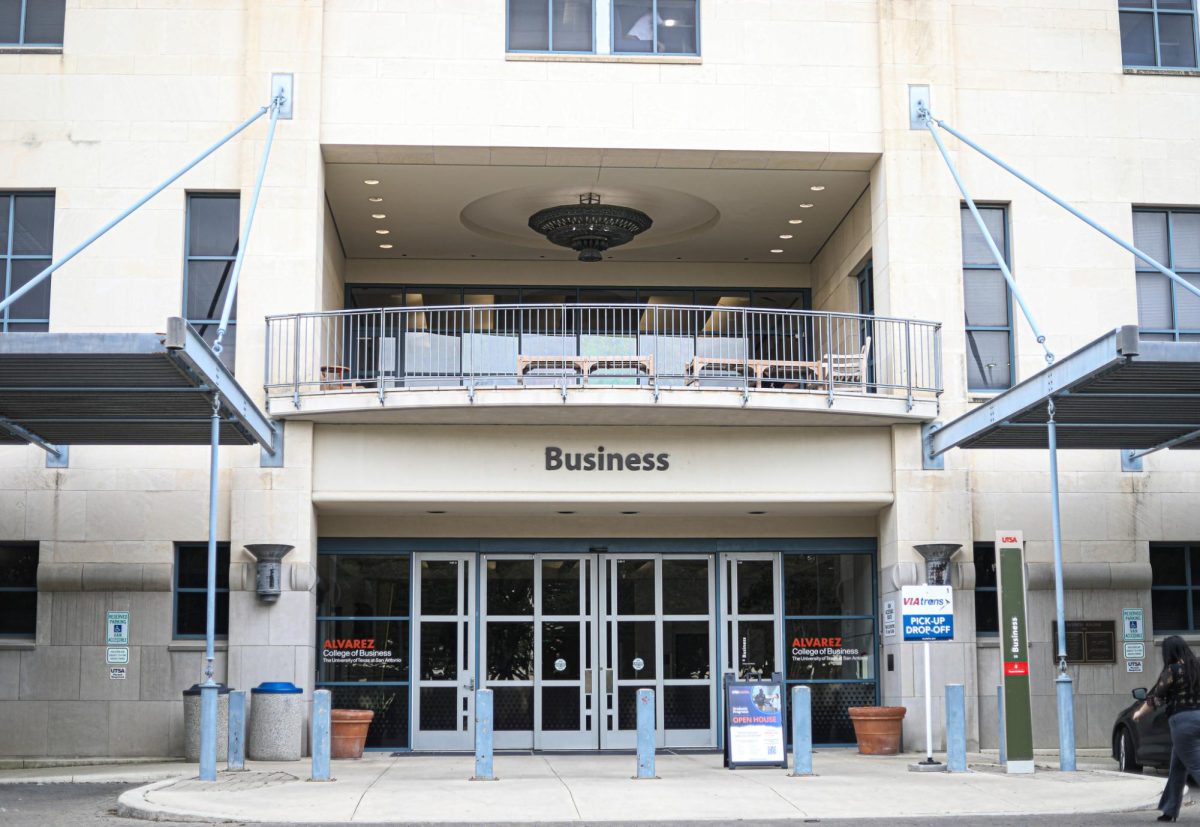
Rohit Chandan / The Paisano
This is the second article in a two-part series that discusses the treatment of non tenure track faculty at UTSA. The first article “Do you value your professor?” appeared in the Sept. 30 issue of The Paisano.
In his State of the University Address, UTSA President Ricardo Romo announced his intention to hire over 50 new research professorships in the next few years. These new UTSA professors will focus in the areas of cyber security, biomedicine, social and educational transformation and sustainability. No plans to hire or alter non-research, non-tenured faculty were mentioned.
A new committee, led by Dr. Daniel Engster, a tenured UTSA professor, was created to consider the non-tenure track issue, centralize the information and report its findings to President Romo. The committee will analyze the number of non tenure track professors that work at UTSA and professors’ salaries, considering variables such as number of courses taught and the different levels of lecturers.
UTSA adjunct professors (non-tenure track faculty) usually earn $3,000 to $5,000 per class — a minimal amount, especially when compared to some tenured research professors. This pay disparity could cause excellent professors to leave UTSA for higher paying jobs.
“I hated leaving UTSA, but I had to choose between my small house and teaching full time,” said former UTSA English professor Marguerite Newcomb. Newcomb left the university after purchasing a house in 2010 because she could not afford her mortgage on her UTSA salary.
The median salaries of UTSA Writing Core Program’s lecturers I and senior lectures are $24,402 and $48,048 respectively.
Newcomb began teaching at UTSA in 2001. She taught a variety of courses for the Writing Program and the English Department during her nine years at the university.
“Working with students energizes me, and there is nothing more satisfying than having a student find his or her voice and get excited about learning,” she said. Now Newcomb works for a corporation, creating courses for universities all over the world.
Newcomb’s account demonstrates that skills professors exercise are often transferable, marketable and valuable in the private sector. UTSA’s not-so-stellar treatment of non-tenure track faculty has already had some impacts.
Additionally, Newcomb claimed, “Writing doesn’t get the respect from those who make curriculum decisions in Texas, so writing instructors are woefully underpaid and underrespected.”
Recently retired English professor Bonnie Lyons stated that while she was teaching at UTSA, she voiced — often at faculty meetings — that non-tenure track professors should receive better treatment from the university.
The writing program has 17 lecturers and 4 senior lecturers. Lyons also argued that non-tenured professors with experience deserve pay raises. Although Lyons’ vocal stance may have made her unpopular at times, she said that no UTSA administrator ever attempted to stifle her opinions.
Starting at lecturer I and moving to the highest non-tenure track faculty position can be a struggle, said professor Dr. Cristina de Martinez, a non-tenure track language professor at UT Austin. Most non-tenure track faculty hold a doctorate, a few have a masters and extensive experience in their respective fields. De Martinez explained that despite the struggle, most of her colleagues are willing to stay at the university for the love of teaching. However, de Martinez continued, the language and English departments are no stranger to non-tenure track lecturers moving to the private sector, often to work at publishing houses creating textbooks.











